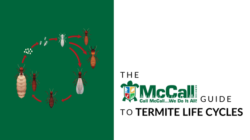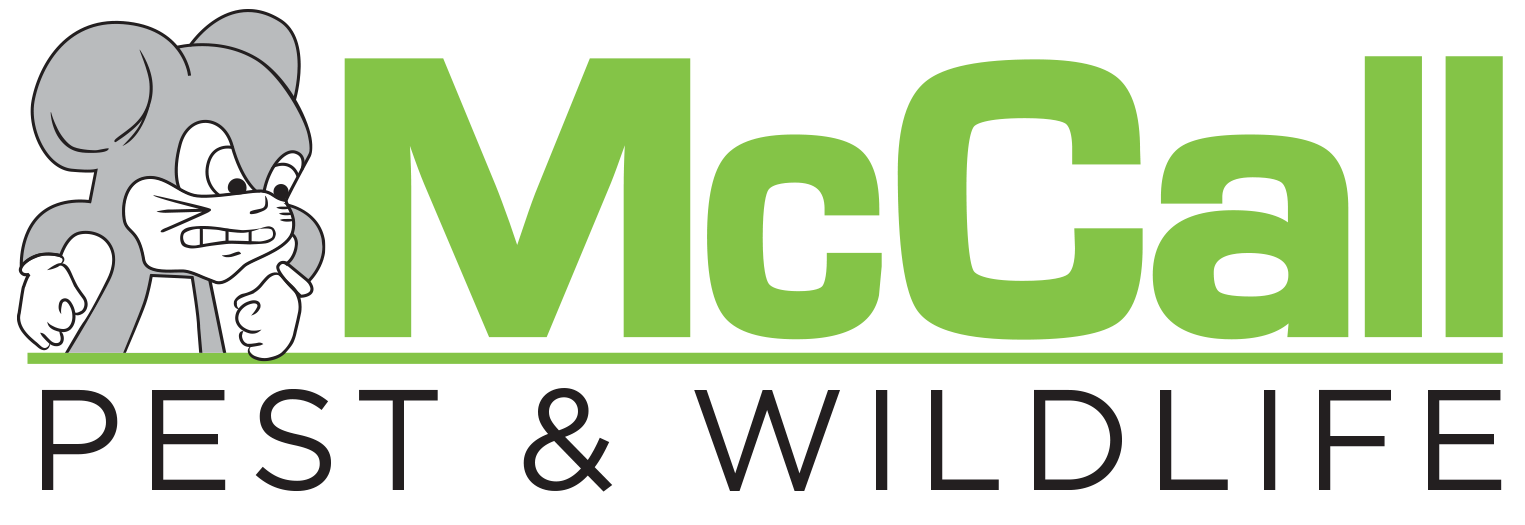Thanks to our mild climate and pleasant weather, the spring season always seems to get a jumpstart in central Florida. But with spring, of course, comes the renewed risk for insect pests in our homes and businesses—and that includes everyone’s favorite wood-destroying organism, the termite.
But what should you look for when it comes to signs of termites? And what do you know about their life cycle? With a clear understanding of how termites reproduce and search for food and living conditions, you’ll be able to know exactly what to be on the lookout for—and when to call McCall Pest & Wildlife to help take care of or prevent an expensive termite problem in your home or business.
Types of Termites
Before we talk about the life cycles of termites, it’s important to talk about the differences between types of termites. These pests are typically classified based on the location of their colony; subterranean termites are susceptible to open air and therefore build tunnels called mud tubes to reach possible food sources. Drywood termites make their homes inside of—you guessed it—dry wood, such as support beams, attic framing, and firewood or scrap wood. Formosan termites, which can be found predominately in the southern United States, are like their subterranean cousins in most respects, but with a longer body, shorter head, and two short pincers.
While subterranean, drywood, and formosan termites can cause year-round problems for Florida property owners, they are particularly noticeable in the spring and summer months.
What Jobs Do Termites Have in a Colony?
Termites, like many insects, organize themselves into a caste system. These castes can include the following:
- Worker termites
- Soldier termites
- Reproductive termites, including the queen, king, and alates

Worker Termites
Worker termites are often the busiest, since they’re responsible for finding food, storing it, and maintaining the nest. Because workers are primarily tasked with digesting cellulose (the part of the wood that termites eat), they’re the ones most likely to be found in an infestation.
Worker termites can be both male and female, but they’re usually sterile.
Soldier Termites
Soldiers termites exist specifically to defend the termite colony, and in many cases, their powerful jaws are so large that they can’t feed themselves—thus requiring workers to feed them. Many species of termites are actually identified based on the qualities of soldier termites because those features are so exaggerated. Soldiers, like workers, are usually sterile.
Reproductive Termites
Reproductive termites include both fertile males and females, called the king and queen. A termite colony’s queen is responsible for egg production and mates with the colony’s king for life. Some species of queen termite, such as subterranean termites, start producing winged alates for reproduction in the spring—these termite swarms emerge from the colony in a phenomenon called nuptial flight.
The Termite Life Cycle
Like most insects, termites begin their lives as eggs. But unlike bees or ants (the Hymenoptera classes that termites are said to resemble), these pests go through a process of development known as incomplete metamorphosis. In an incomplete metamorphosis, the termite progresses through three different life stages: egg, nymph, and adult. Depending on the colony’s needs, young termites can molt several times over the span of their lives—including into reproductive alates.
Termite Nymphs
Termite nymphs resemble small adults and will typically molt into workers first, often in three stages. Depending on the availability of food, temperature, and the colony’s population, termite nymphs can take months to actually develop into adults. While growing, nymphs are unable to feed themselves. This task falls to worker termites, in addition to handling other colony tasks such as tending to the queen, building the nest, or foraging for food.
Mature Termites
As termites mature, they will molt into their final form, so to speak. Many termite nymphs will become workers, although some continue to molt further into soldiers or reproductive flyers known as alate nymphs. Pheromones produced by the queen regulate colony growth, and all but a select few termites are prevented by these secretions from becoming fertile queens. In some cases, termite alates may remain in the colony as supplemental queens or kings. These termites only fully mature upon the death of the colony’s main reproductive agents.
How Termite Colonies Spread
While termites can build mud tubes to find food sources, termite colonies can also spread during the course of what’s called a nuptial flight. In this event, termite alates swarm out of the colony. Because alate wings aren’t designed for directed flight, they tend to just launch themselves into the air and fly off in random directions. Nuptial flights vary between species; some swarms begin at dusk, while others occur in the morning. It really all depends on precipitation, wind speed, moisture, and other environmental factors.
Once the alate male and females pair up during flight, they land together and search for a suitable new colony location. The two mates, upon finding the right place, dig a chamber big enough for both, close it up behind them, and proceed to mate. Once this happens, the two reproductive termites never leave the colony again and continue to mate for life, which is a very long time for termites: A termite queen, once mating, can live between 30 to 50 years. If the queen dies and a king is still present, it will produce pheromones to encourage the development of replacement queens.
Why Are Termite Swarms Important for Preventing an Infestation?
When it comes to pest prevention, a termite swarm is something to look out for, especially if it’s happening near your home. This could be a good indication that a termite problem may exist or be on the horizon.
We’re Termite Reproduction Experts—Call Us Today!
Termites are one of the most destructive (and stealthy) pests a property owner can encounter. That’s why it’s important to understand just how quickly these nasty nuisances can reproduce. If you’ve seen any signs of termites around your home or business, including swarms, mud tubes, or even a stray pair of wings on your windowsill or deck, call the dedicated pest professionals at McCall Pest & Wildlife immediately.
Termite damage is something you don’t want to have to clean up or pay for, so it’s important that you catch any problems as soon as possible. If you’re concerned about a potential termite infestation—or simply want some assurance that there’s no issue—contact us today. We can perform a dedicated termite inspection or bundle it in with regular pest control services to give you the ultimate peace of mind for your home or business.



